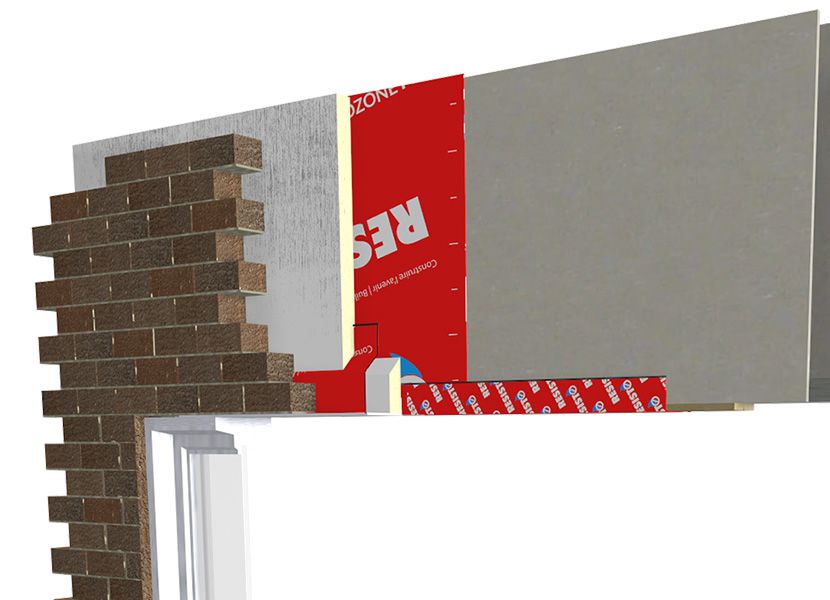Do You Comply with the CSA Standard A440.4-07?

Since 2016, under the National Building Code of Canada, the installation of windows, doors, and skylights must comply with CSA A440.4-07.
The Role of Flashings
In order to better understand how to meet this standard, it is important to define the role of flashings. Flashings are fixed to a building’s barrier against the elements before installing windows. Flashings prevent water from penetrating horizontal joints, by redirecting water outside. For flashings to be effective, they must:
- have an outward slope of at least 6%;
- be in a continuous piece;
- extend at least 6 mm beyond the underlying covering;
- prevent water from entering the walls at the lower corners of windows and doors.
Acceptable Impermeability According to the Standard
The main feature of a flashing is its impermeability. In this regard, the standard clearly defines what is considered an acceptable flashing. Acceptable flashing materials include reinforced bitumen and rigid metal containing aluminum, copper, galvanized metal, or other factory-conditioned non-ferrous metals.
Our Solution
RESISTO has the right product to comply with CSA A440.4-07: the REDZONE 25 membrane. This self-adhesive membrane, which ensures sealing around doors and windows, is made of reinforced elastomer bitumen and trilaminate woven polyethylene. Once installed as a flashing at the bottom of the window or door, REDZONE 25 eliminates drafts and water infiltration. It seals the edges of the fasteners that go through windows or doors, ensuring compliance with the CSA Standard A440.4-07. For even more optimal waterproofing, it is best to also apply REDZONE 25 to the top flashing.
Why Choose the REDZONE 25 Membrane?
- Self-sealing
- UV resistant (it must be covered within 90 days)
- Low-temperature flexibility
- Easy, mess-free installation
- Compliance with the National Building Code of Canada requirements and CSA Standard A440.4-07.
